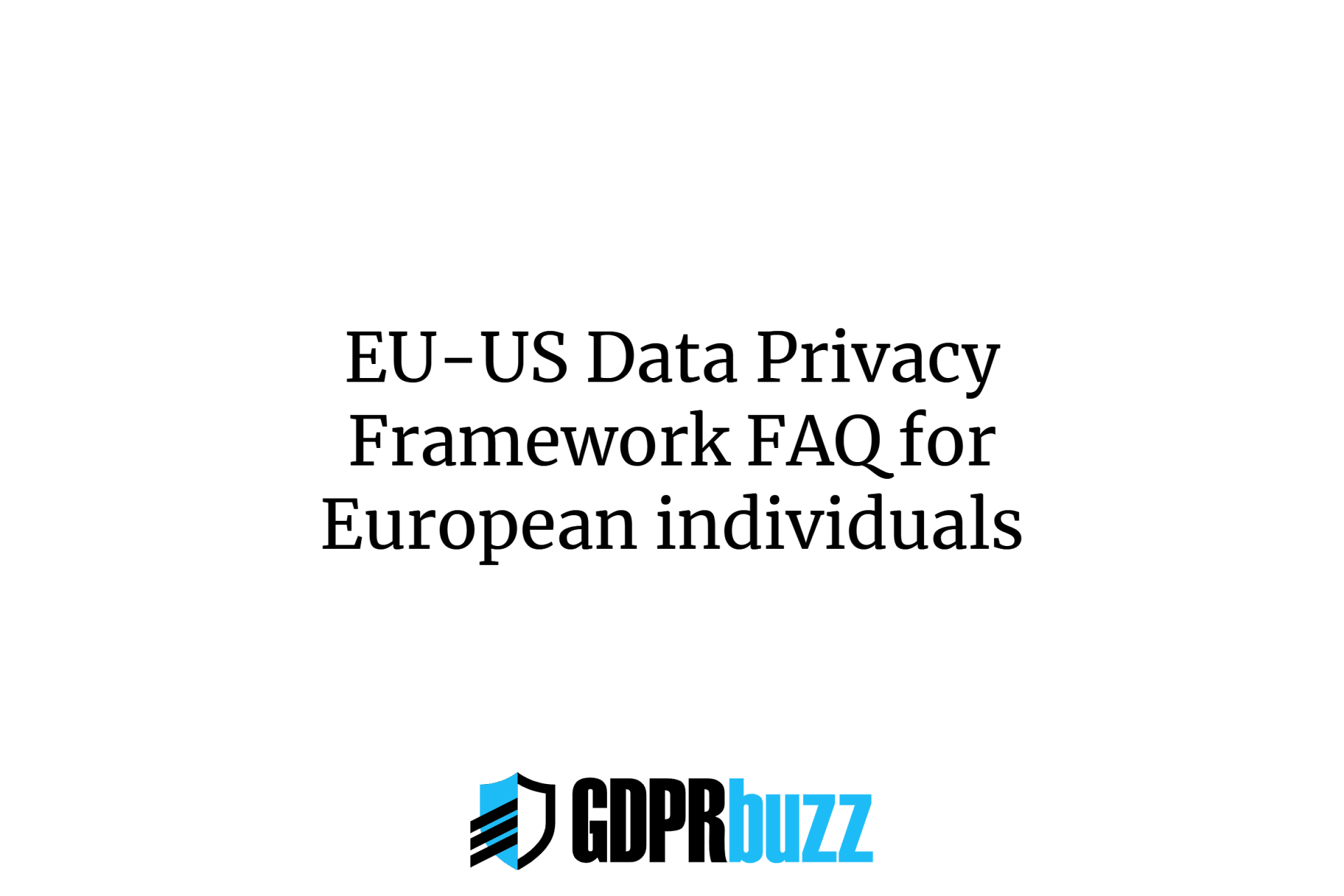The European Data Protection Board (EDPB) has released a set of FAQs to help individuals understand the EU-U.S. Data Privacy Framework (DPF). This framework aims to protect personal data transferred from the EU to the U.S., ensuring compliance with the General Data Protection Regulation (GDPR). The EDPB’s document addresses common questions about how the DPF works, including its principles, rights, and enforcement mechanisms.
Under the DPF, businesses must adhere to specific privacy principles when handling personal data from the EU. These principles include notice, choice, accountability for onward transfer, security, data integrity, purpose limitation, and access. The FAQs clarify that individuals have various rights, such as the right to access their data, correct inaccuracies, and seek redress if their data is mishandled. Additionally, it outlines the responsibilities of businesses to ensure compliance and the role of U.S. authorities in enforcing these rules.
The document also explains the redress mechanisms available to individuals if their rights are violated under the DPF. These mechanisms include direct resolution with the organization, independent recourse mechanisms, and cooperation with EU data protection authorities. It emphasizes that individuals can lodge complaints free of charge and may receive assistance from their national data protection authority. The EDPB aims to promote transparency and trust in transatlantic data transfers through this comprehensive FAQ guide.
Key Takeaways
- The EU-U.S. Data Privacy Framework (DPF) applies to any data transfers from the EU to the U.S.
- Non-profit organizations, banks, insurance companies and telecommunication service providers which do not fall under the authority of the U.S. Federal Trade Commission (FTC) or the U.S. Department of Transportation (DoT) cannot self-certify under the DPF.
- Before transferring personal data to a U.S. company claiming self-certification under the DPF, the EEA-based data exporter must verify and confirm that the U.S. company has an active self-certification to the DPF, and that this certification covers the transferred data.
- The DPF includes privacy principles such as notice, choice, security, and access.
- The DPF covers only data transfer; all other requirements of GDPR must be folowed, too (e.g. legal basis).
- Individuals have rights to access, correct inaccuracies, and seek redress. Multiple redress mechanisms are available for individuals.
- Businesses must ensure compliance and are accountable for onward transfers.
- Complaints can be lodged free of charge.
